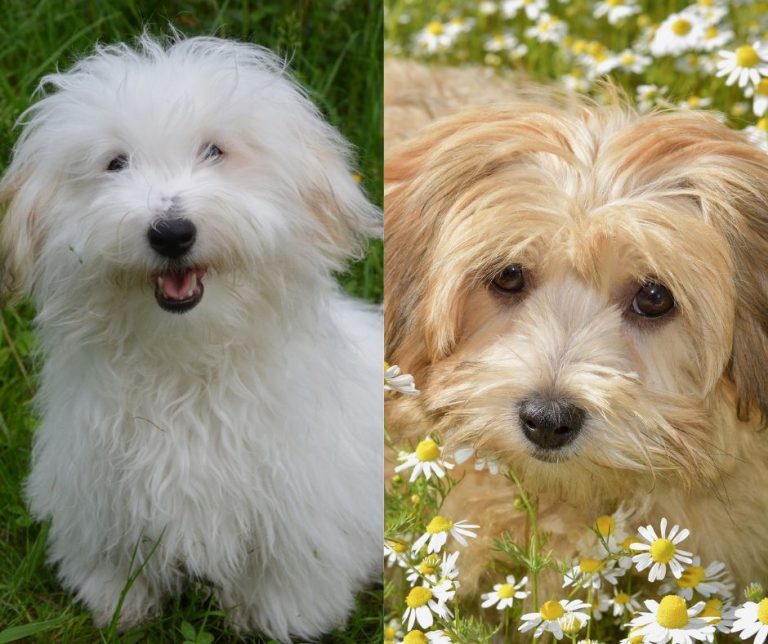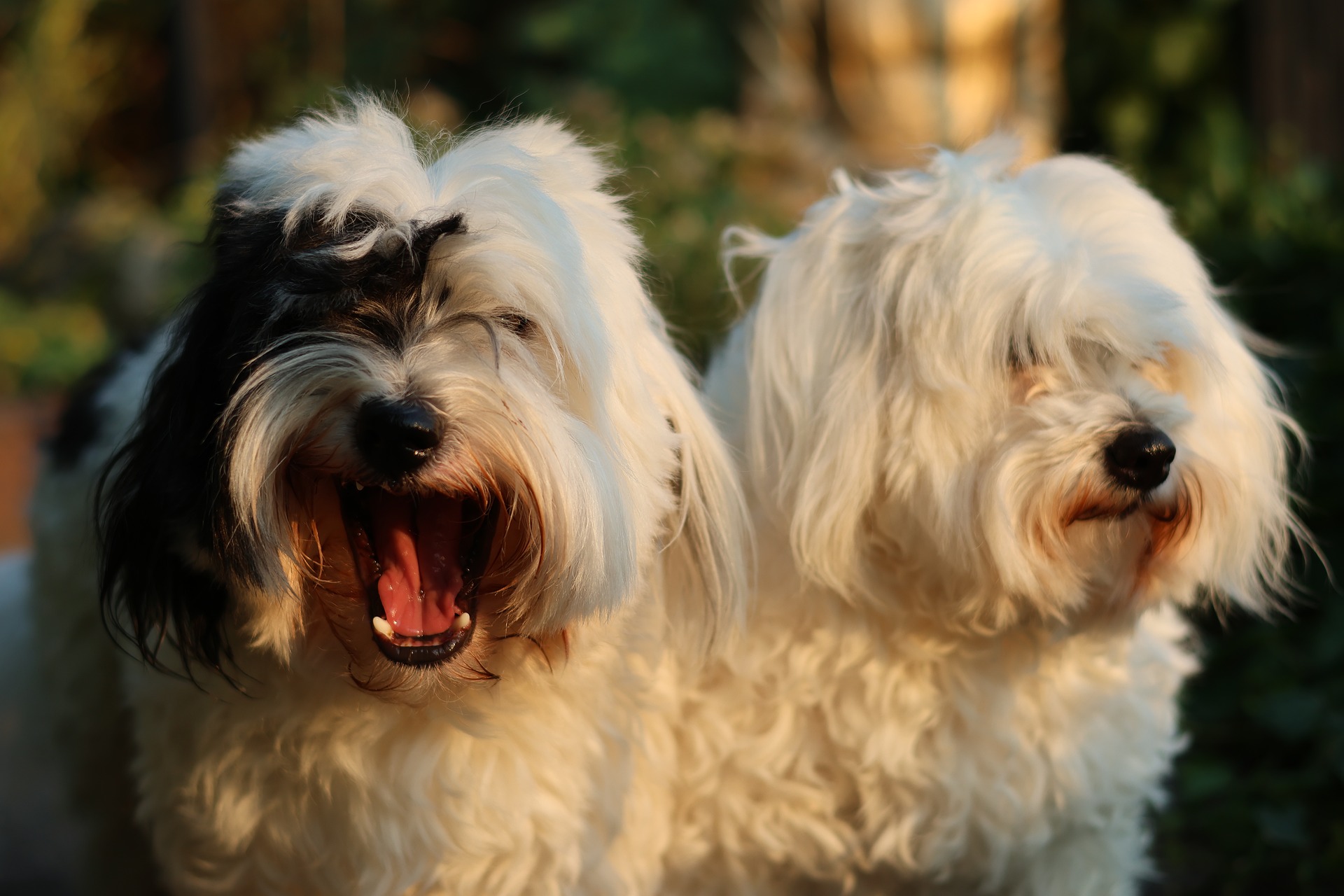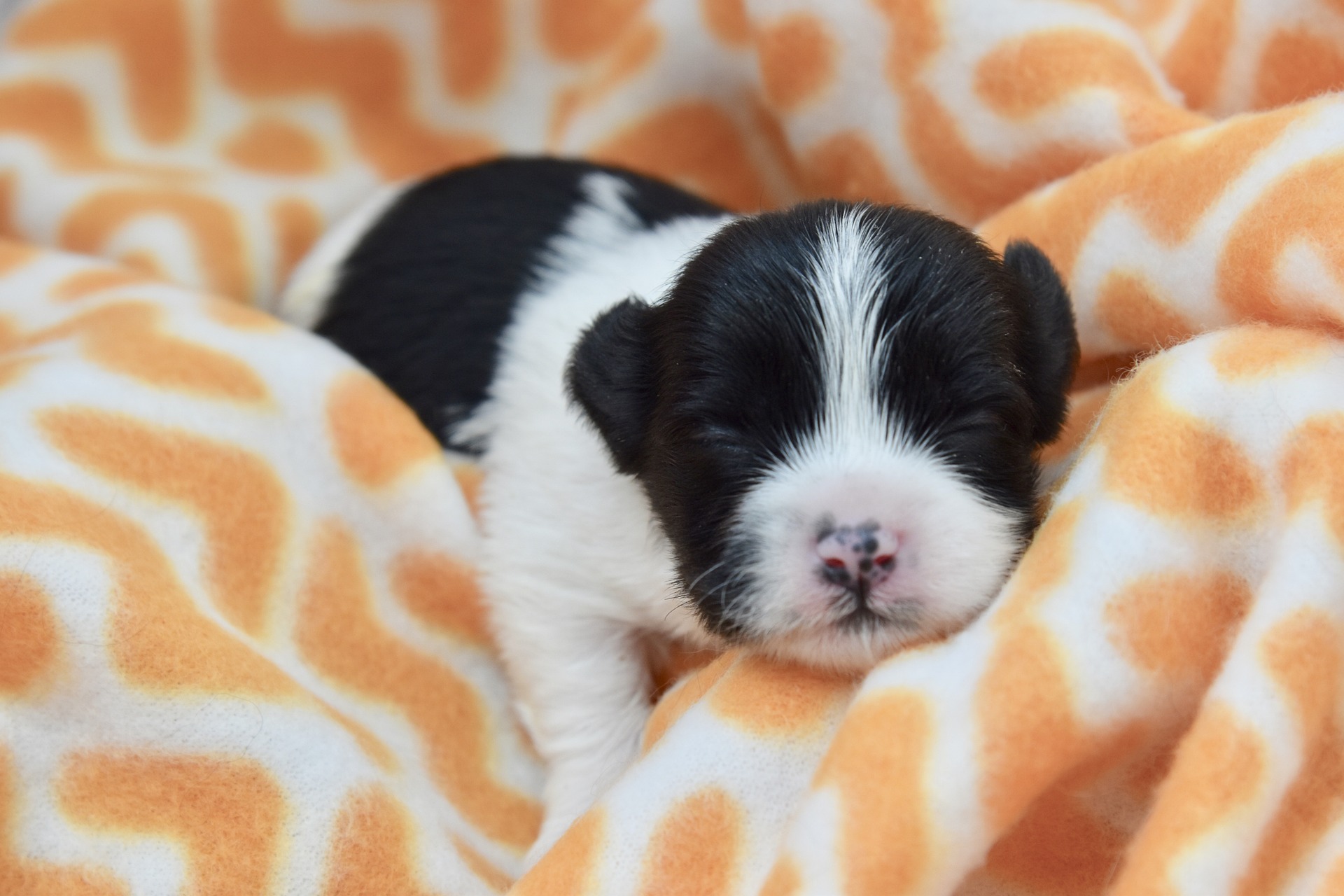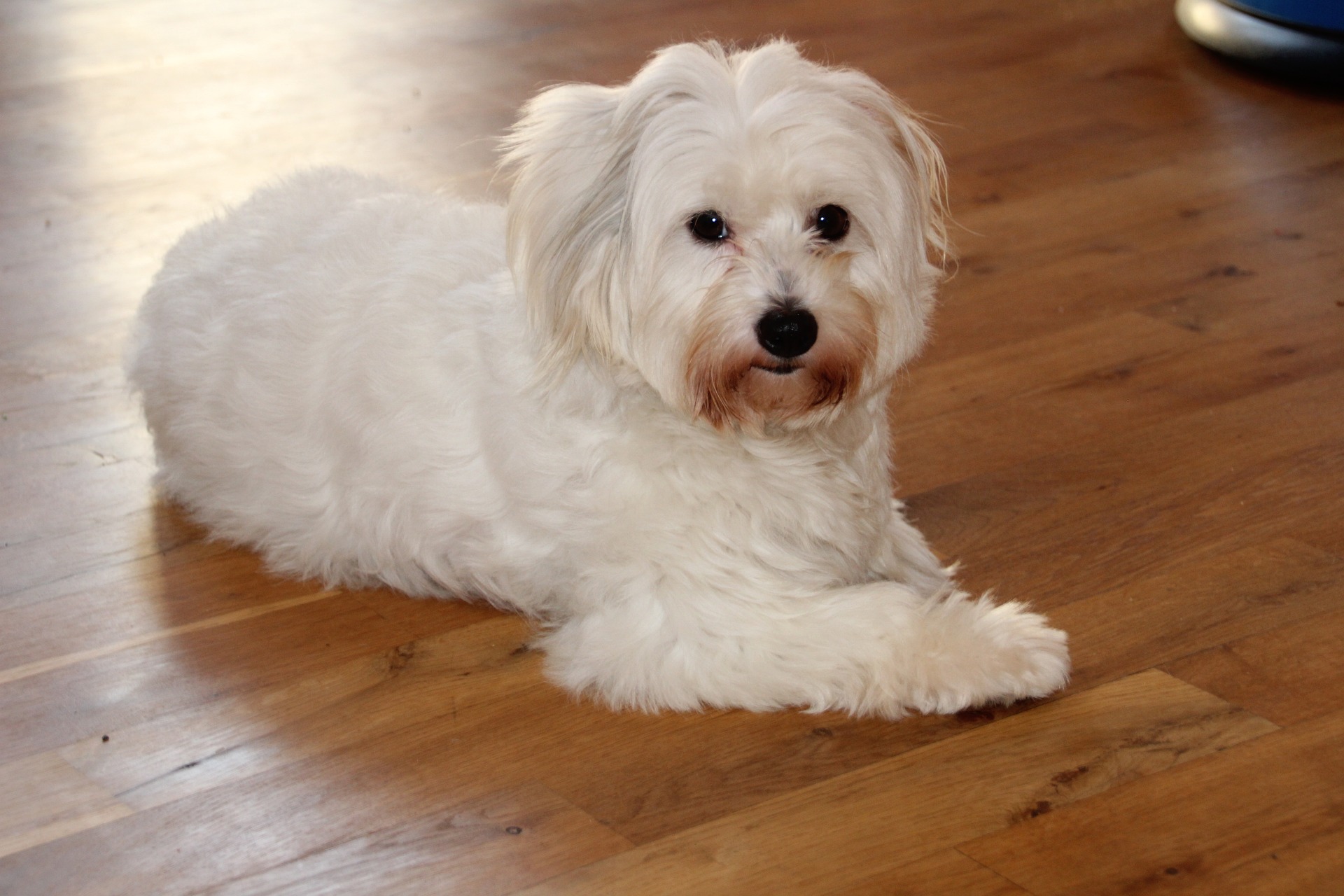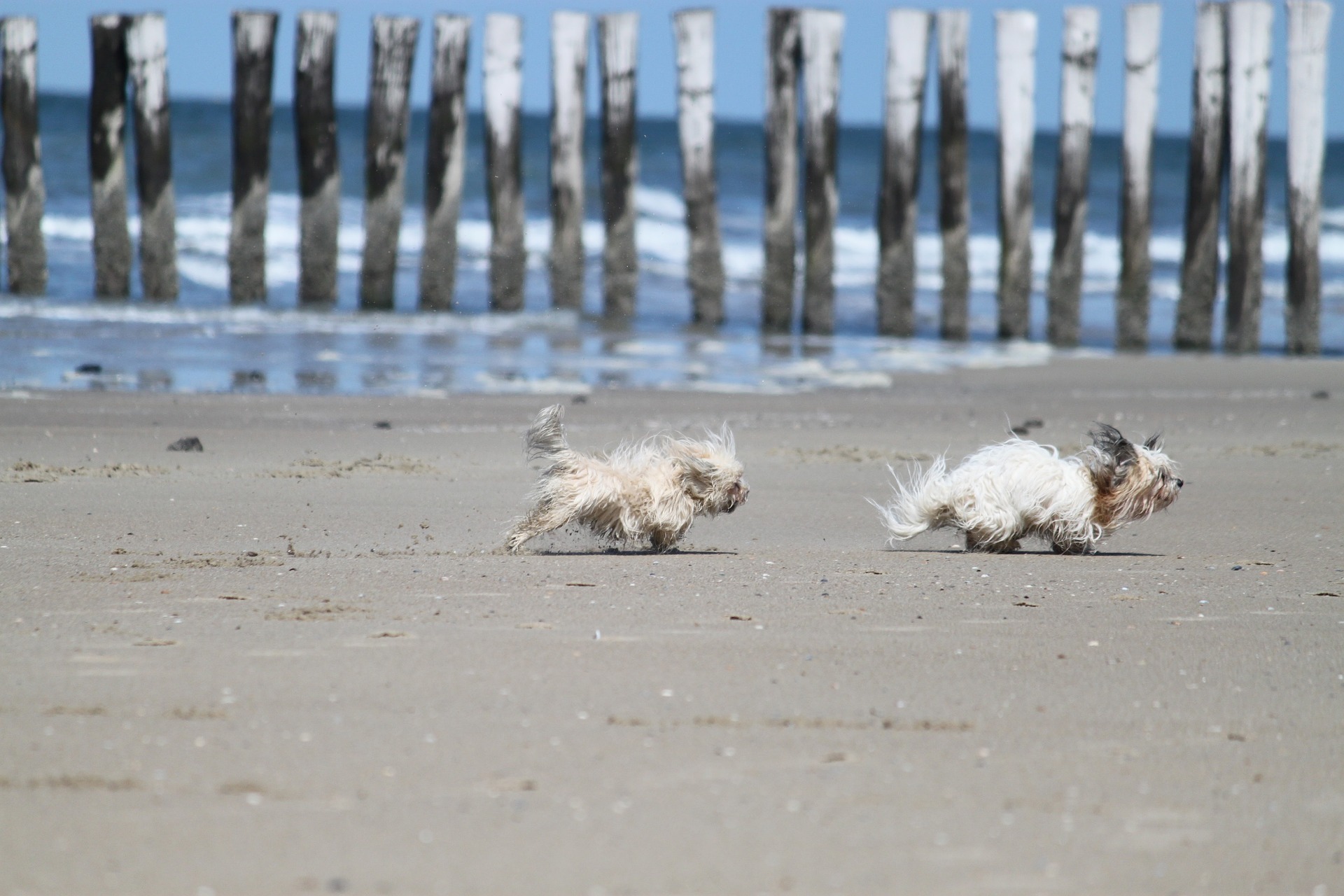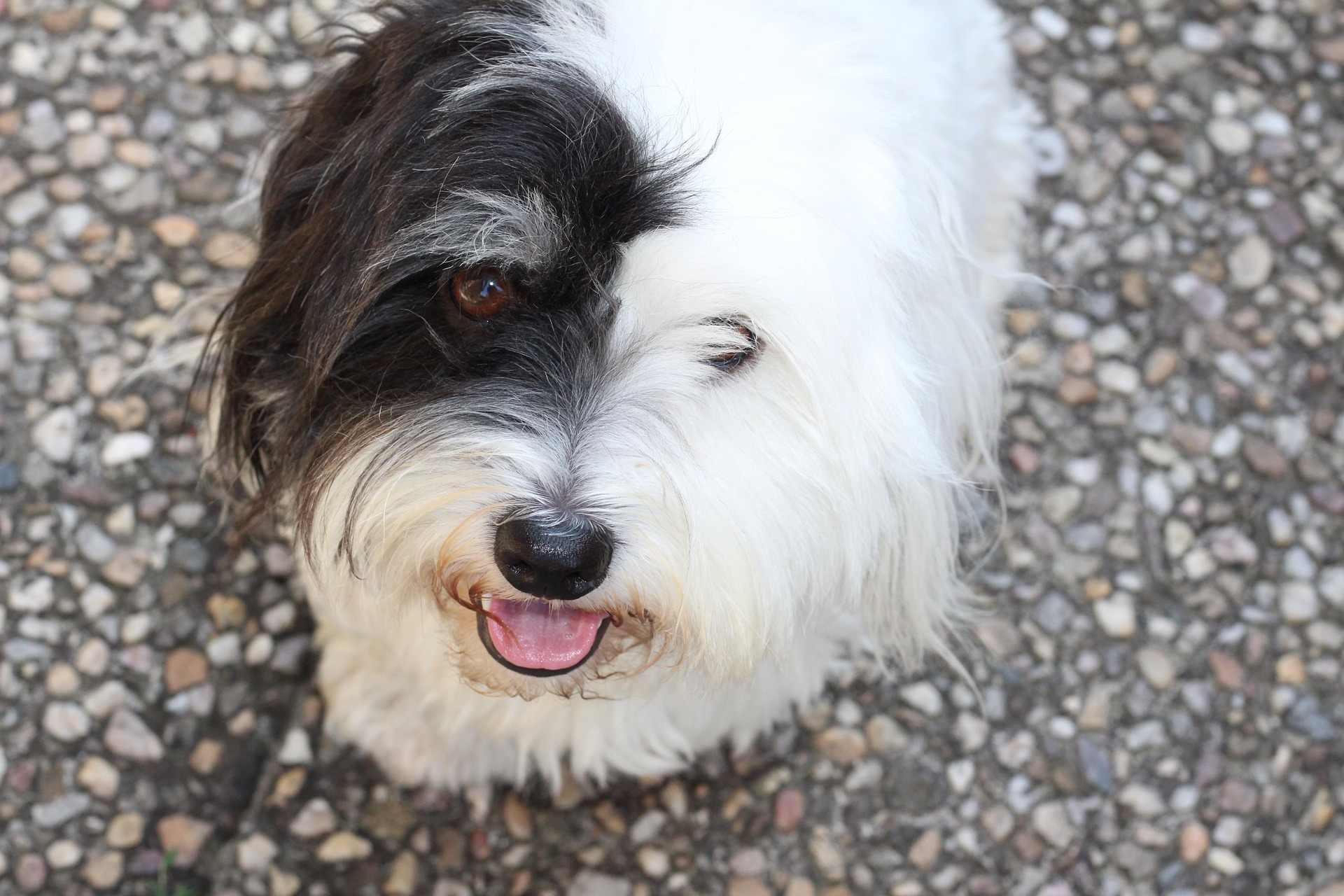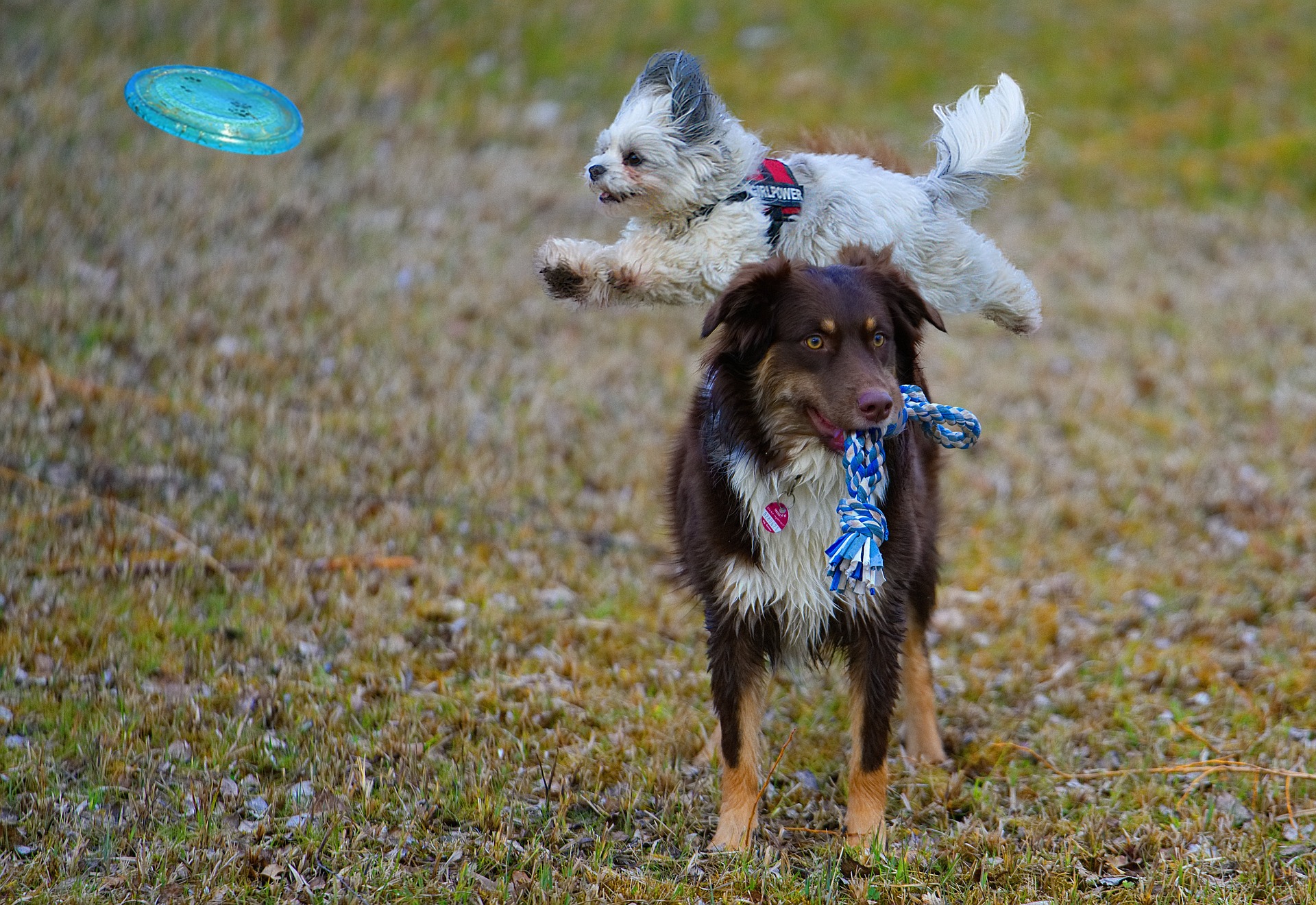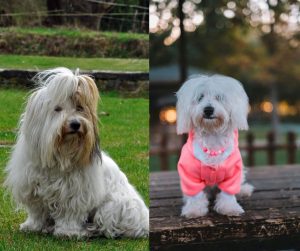When welcoming a furry friend into the home, prospective pet owners often find themselves weighing the merits of various breeds. The Coton de Tulear and the Havanese are two such breeds that capture hearts with their charm and playful spirits.
While they share similar ancestries and may appear alike to the untrained eye, each has unique qualities that endear them to different households.
The Coton de Tulear and the Havanese both hail from a lineage of the endearing Bichon family, yet they have developed distinctive characteristics suited to their historical environments.
These small but sturdy breeds offer affectionate companionship and are known for their intelligence and agreeable nature.
Choosing between them hinges not only on aesthetics but also on understanding their individual care needs and how they might align with an owner’s lifestyle. So, which one is your choice? Cotton de Tulear vs Havanese?
Key Takeaways
- Both breeds are intelligent, affectionate, and suitable for first-time dog owners
- Distinctions in grooming and exercise requirements cater to different lifestyles
- Socialization and training should be integral to their upbringing for well-rounded companionship
Breed Origins and History
When deciding between the Coton de Tulear and the Havanese, their charming histories play a significant part in what makes them so special.
Nestled in their unique ancestry, both breeds share common roots but have flourished far from each other, in distinct island cultures.
Coton de Tulear Origins
The Coton de Tulear hails from Madagascar, and its existence there is intertwined with the island’s royal history.
Believed to have descended from small white dogs, possibly Maltese, that sailed to Madagascar, they became the esteemed companions of the Merina (Malagasy nobles).
The breed’s moniker, ‘Coton,’ stems from their cotton-like coat, with ‘Tulear’ being a nod to the city of Toliara in Madagascar.
Their connection to Madagascar’s aristocracy earned them the nickname “Royal Dog of Madagascar,” a term that reinforces their elevated status.
Despite this regal past, it wasn’t until the 1970s that the Coton de Tulear ventured outside of Madagascar, becoming a rare breed in other parts of the world but slowly earning international affection.
Havanese Ancestry
The roots of the Havanese dog breed are firmly planted in Cuba, where they cavorted in the laps of Cuban nobility.
Their journey began much earlier, though, with the Tenerife dogs of the Bichon family, ancestors of the well-loved breeds like the Bichon Frise, Maltese, and Shih Tzu.
When Spanish settlers brought these small companions to Cuban shores in the 1500s, the distinct Havanese breed began to take shape.
Adaptable and charismatic, they thrived in the Cuban climate and society. Their name appropriately reflects their bond with the capital city of Havana.
With time, the Havanese puppy emerged as symbols of both Cuban ancestry and familial affection—a testament to their enduring companionship.
Physical Characteristics and Appearance
When considering the Coton de Tulear and Havanese breeds, their charming looks are often a big draw. These fluffy companions share some visual similarities, but it’s in the details of their size, weight, and coats where their differences shine through. Let’s take a look at the breed standard set by the American Kennel Club.
Size and Weight Comparison
The Coton de Tulear tends to be just a tad larger than their Havanese cousins. To paint a clearer picture:
- Height: Cotons stand at about 9 to 11 inches tall at the shoulder
- Weight: They tip the scales at approximately 8 to 15 pounds
On the other hand:
- Height: Havanese are generally 8.5 to 11.5 inches tall
- Weight: They usually weigh a similar range, around 7 to 13 pounds
Both breeds present a compact body, but if someone lays eyes on them side by side, the Coton often looks a bit more substantial.
Coat Differences and Colors
The feel of their fluffy coats is where they diverge a notch. The Coton de Tulear dog breed sports a cotton-like coat—it’s where they get their name! This coat is:
- Texture: Soft and fluffy
- Length: Long, often leading to a slightly unkempt, adorable appearance
- Colors: Predominantly white, though some have gray or tri-colored markings
The Havanese also brings a luxurious coat to the furry fashion show that requires a bit more upkeep due to its:
- Texture: Silky and slightly wavy
- Length: Long enough to touch the floor if untrimmed
- Colors: They showcase a wider palette, including white, cream, black, silver, chocolate, and many mixtures therein
In essence, if someone’s patting one of these cuties, the Havanese may feel silkier, while the Coton is like a cloud in their hands. It’s also fair to say that in a rainbow of dogs, the Havanese would have more colors to represent.
Temperament and Personality Traits
When considering a fluffy addition to the family, it’s essential to understand a breed’s temperament and personality traits. Both Coton de Tulear and Havanese dogs share an abundance of affection and playfulness, making them top contenders for those seeking a sociable and loving pet.
But let’s get a bit more up close and personal with their characteristics.
Behavioral Tendencies
Coton de Tulear and Havanese dogs are indeed treasures with distinctive behaviors that endear them to their owners.
The Coton de Tulear typically presents a balanced temperament — they’re the type to remain by your side with a stable and loving demeanor.
They’re intelligent, which means they tend to pick up on routines and dog training with enthusiasm.
On the flip side, Havanese dog breed also flaunts its intelligence, but these dogs add a zesty twist of playfulness.
Joyfully energetic, they love to engage and entertain, often displaying a comedic side that brings laughter into the home.
They have a friendly spirit and adapt wonderfully to different situations, from quiet evenings to lively games in the park.
Social and Family Interaction
When it comes to social graces, both breeds are stars. They are family-friendly and thrive on interaction.
They have a reputation for being affectionate — Coton de Tulear dogs have a gentle approach, often showing love with soft nuzzles and contented sighs.
Both breeds are pet-friendly and can coexist peacefully with other animals, especially if introduced correctly.
The Havanese, particularly, shines in its role as a social butterfly.
These pups are incredibly loving and have a certain charm that makes them excellent companions for children and seniors alike.
However, one shouldn’t mistake their gregarious nature for neediness — they’re quite content with some alone time as long as they’ve had their fill of daily affection and play.
Health and Care Requirements
When choosing between the Coton De Tulear and the Havanese, prospective owners should consider that while both breeds have remarkable qualities, their health and care requirements do differ. Understanding these needs ensures a happy, healthy life for these furry companions. Because these two are quite healthy, breeders are often trying to create a mixed breed using one or the other.
Exercise and Energy Levels
The Coton De Tulear and Havanese both have moderate energy levels, typically requiring a good daily walk and playtime to stay healthy and happy.
They are adaptable to their living environment, whether it’s an apartment or a house with a yard, as long as their exercise needs are met.
- Coton De Tulear: They enjoy short walks and active playtime
- Havanese: They also benefit from daily walks and love interactive games
Regular exercise helps prevent obesity, which can contribute to more serious health issues.
Grooming Needs and Health Issues
Both breeds require consistent regular grooming, thanks to their long, soft coats. However, their specific grooming needs and potential health concerns do vary slightly, and being attentive to these can prevent complications later on.
- Coton De Tulear:
- Grooming: Moderate grooming needs; daily brushing to prevent matting
- Health Issues: Generally healthy but can have issues like hip dysplasia, progressive retinal atrophy, and heart murmurs
- Havanese:
- Grooming: High grooming needs; daily brushing and regular haircuts are beneficial
- Health Issues: Common conditions include luxating patella, deafness, and mitral valve disease
A balanced diet and regular vet check-ups are crucial for both breeds. In terms of lifespan, the Coton De Tulear has a slight edge, often living a bit longer than the Havanese with proper care.
Training and Socialization
When it comes to the Coton De Tulear vs Havanese dog breeds, they are both recognized for their intelligence and an intrinsic desire to please, which can greatly facilitate dog training and socialization.
Utilizing consistent positive reinforcement methods, such as treats and praise, during training sessions can lead to excellent results.
Training Techniques
Both the Coton De Tulear and the Havanese respond well to positive reinforcement, a kind and reward-based training method.
These dogs enjoy pleasing their owners, which means they often learn commands and tricks readily.
A few specifics to keep in mind for training include:
- Consistency is key: Stay regular with commands and routines
- Positive rewards: Use treats, affection, and play to reinforce good behavior
- Avoiding separation anxiety: These breeds may develop separation anxiety if left alone for prolonged periods, so it’s crucial to gradually get them accustomed to being alone
Socialization with Humans and Pets
Socialization is paramount to ensure these dogs are well-balanced and confident. Here are some targeted strategies:
- Early Introduction: Socializing from a young age can be beneficial. It helps them develop comfortable behaviors around various people and pets
- Diverse Experiences: Exposing them to different situations, such as parks, pet-friendly stores, and other animals can broaden their comfort zone
- Consistent Interaction: Regular interaction with family members and other pets at home can prevent the development of fearful or aggressive behaviors
The intelligence of both breeds shines through their ability to adapt and interact positively within a rich social environment and structured training regimen.

